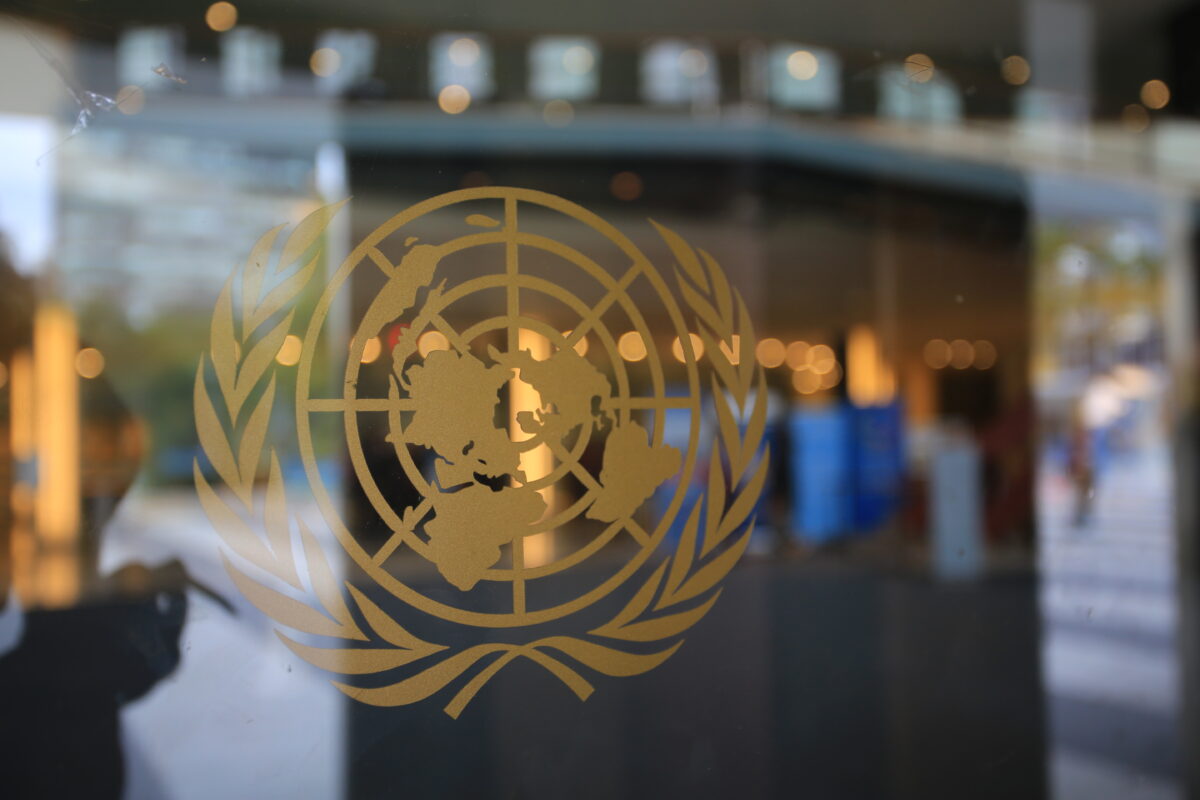Legal Angle: Treaty Troubles for Plastics?

Treaty Trouble?

Eric Greenberg is principal attorney of Eric F. Greenberg, PC
A recent international agreement could result in supercharged versions of anti-plastics measures of the type we’ve seen for years.
In Nairobi, Kenya, on March 2, the United Nations Environment Assembly adopted a resolution (one of 14) aimed at ending plastics pollution and said it would work toward creating a legally binding international agreement about it by 2024.
A UN press release said the agreement is the most important “international multilateral environmental deal since the Paris climate accord.”
There have for long been state, local and even national environmental laws worldwide that target packaging, and specifically plastics, especially single-use plastics. These laws do lots of things: for example, calling for packaging to be recyclable; made of recycled materials; be biodegradable; made of less stuff than before; or give consumers a choice of these options. Also, more examples of “extended producer responsibility” laws are placing financial and other burdens on packaging makers and users.
But now comes this international treaty with its ominous potential, and it’s scary. Then again, how much worse can it be than the present? After all, maybe some standardization of the approaches to plastics waste would be helpful. Bans on materials wouldn’t be, but provisions for large-scale infrastructure for recycling would. Underlying all this is the question of whether plastics pollution represents a problem with plastics, or with waste handling and personal habits.
Two things are obvious: First, packaging will probably always be part of public policy discussions of what to do about solid waste. As far back as at least the 1980s, packaging was about one-third of municipal solid waste in the U.S.; today it’s about 28 percent, still high.
Second, no one likes those photos showing absurd amounts of plastics waste floating in oceans and waterways. The question is what to do about that? Some voices advocate doing away with plastics articles, while industry and others want better solid waste handling solutions.
The crux of the UN group’s resolution is a new international effort to “end plastic pollution,” according to the summary, which added “… representatives from 175 nations endorsed this landmark agreement that addresses the full lifecycle of plastic from source to sea. Plastic production has risen exponentially in the last decades and now amounts to some 400 million tons per year—a figure set to double by 2040.“
If you read the resolution, you see that the bad news is that a lot of the wording is vague and general, but the good news is that a lot of the wording is vague and general. That is, it isn’t certain what measures the ultimate treaty will contain. Also, there should be ample opportunities for input into the final treaty’s provisions over the next two years. The advance copy of the draft resolution I reviewed recognizes that national or local priorities for attacking the problem should have prominence, and that voluntary and mandatory standards have their place. It also emphasizes the importance of including relevant stakeholders in discussions of the final treaty.
Inger Andersen, the UN Environment Program’s executive director, said “Member states will need to consider in their negotiations the different types of plastics and additives within them, especially to allow plastics to be recycled safely and to foster a circular plastics economy.”
The U.S.-based Plastics Industry Association issued a statement that reminded folks of the many benefits of plastics, and welcomed the UN discussion, saying in part, “Our members share the goal of keeping any of the products they manufacture from ever getting into the environment.”
Here’s hoping that rather than making plastics a pariah worldwide, the UN group hears from enough industry advocates to appreciate the many advantages of plastics, and that decisions it makes are informed and practical.
Eric Greenberg is principal attorney of Eric F. Greenberg, PC, with a practice concentrated in food and drug law, packaging law and commercial litigation. His Chicago firm represents global clients. Food and drug work has included regulatory counseling, label and claims review, product development, GRAS and food contact materials evaluations and clearances, negotiations with the FDA and state agencies, recalls and defending enforcement action. www.ericfgreenbergpc.com.
This column is informational only and not legal advice. A version of this column appeared in the April 2022 edition of Packaging World.
